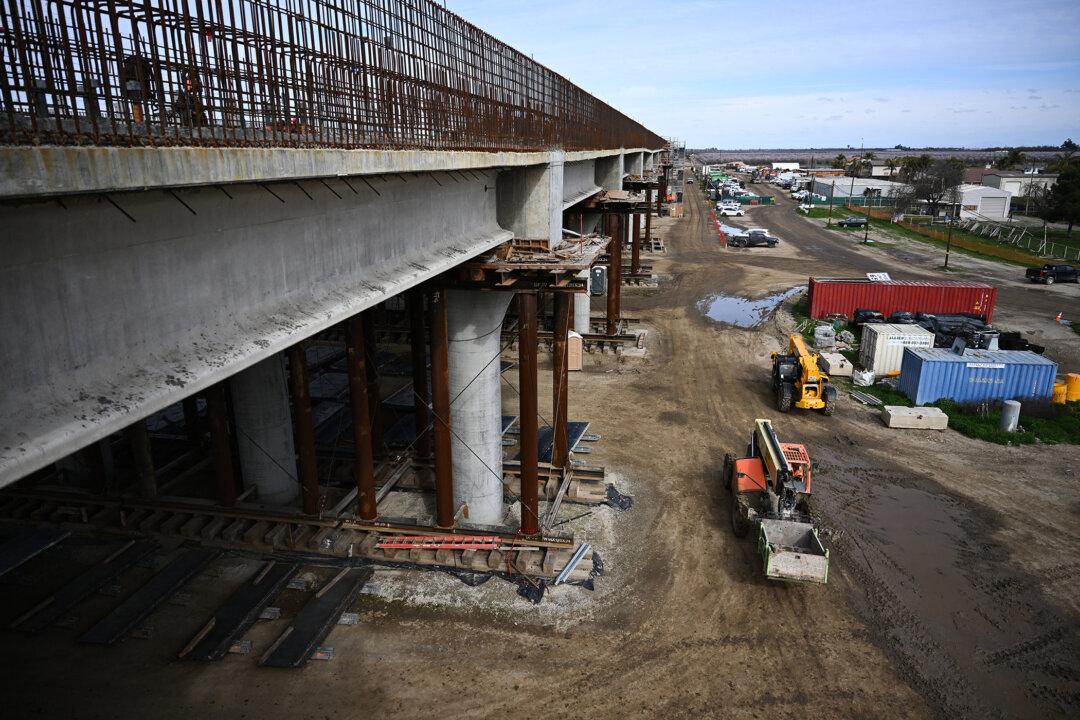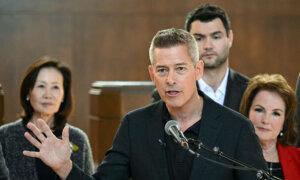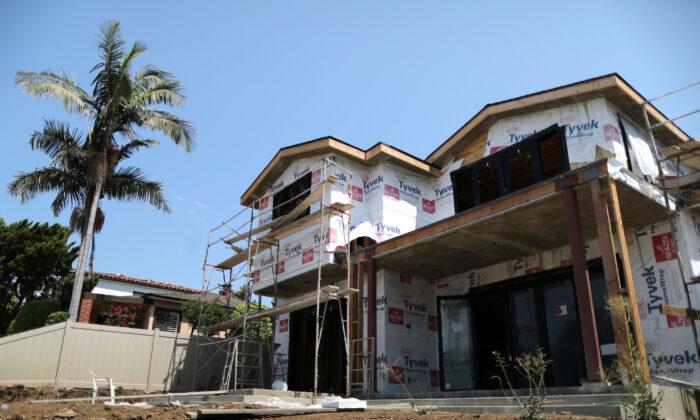In 2013, I called California’s high-speed rail (HSR) “the gift that keeps on taking.” Over a decade later, it remains the boondoggle that refuses to die—a zombified infrastructure dream that devours billions while going nowhere fast.
Back in 2008, voters passed Proposition 1A under the illusion they’d be boarding a bullet train connecting San Francisco and Los Angeles, with spurs to Sacramento and San Diego. Fast forward to 2025, and what do we have? Not the promised 800 miles of track. Not even the scaled-down 171-mile Merced-to-Bakersfield line. Instead, what’s under construction is a lonely 119-mile stretch from Madera to Shafter, not necessarily global transit hubs.
This project is a masterclass in cognitive dissonance. It was sold as a green dream and delivered as a fiscal nightmare. Despite repeated reassurances from the latest HSR leadership that “progress” is being made, costs have spiraled, timelines have vaporized, and the final completion date keeps getting moved further down the tracks.
Proponents still cling to the fantasy that HSR will solve everything from climate change to housing sprawl. But let’s be honest—this train isn’t taking anyone where they want to go, figuratively or literally.
And who, exactly, is going to ride this train?
Meanwhile, billions continue to line the pockets of politically connected contractors, unions, and bureaucrats. As ever, follow the money. The winners aren’t commuters or taxpayers—they’re the consultants who write the reports, the politicians who chase photo-ops, and the unions that pocket project labor agreements while construction drags on for decades. It’s the great California grift, gift-wrapped in green rhetoric.
The losers? Thousands of families who lost their homes, farms, and businesses to eminent domain—some without adequate compensation, others still mired in bureaucratic limbo. Their lives were uprooted so a handful of concrete pilings could stand in a field looking like tombs for common sense.
And don’t forget the financing trickery. The HSR Authority is propped up by California’s cap-and-trade program, which funnels roughly $1 billion a year to the project. That’s money siphoned from everything touched by carbon pricing—energy bills, gas prices, even food costs. In essence, Californians are paying more for their daily lives to bankroll a train they’ll never ride.
There’s also the “last-mile” problem that no one in Sacramento seems eager to solve. Let’s pretend, for a moment, that HSR actually reaches San Francisco and Los Angeles. Even then, riders would need to cobble together their journey with taxis, subways, rideshares, or rented bicycles just to get to their final destination. That’s not transit. That’s a scavenger hunt.
We were promised a European-style rail marvel. What we got is a taxpayer-funded endurance experiment in how long a state can keep throwing good money after bad while calling it visionary. The truth? California’s high-speed rail is not a people train. It’s a gravy train.
And like all gravy trains, it will keep running as long as there’s someone willing to foot the bill. Unfortunately, that someone is you.







